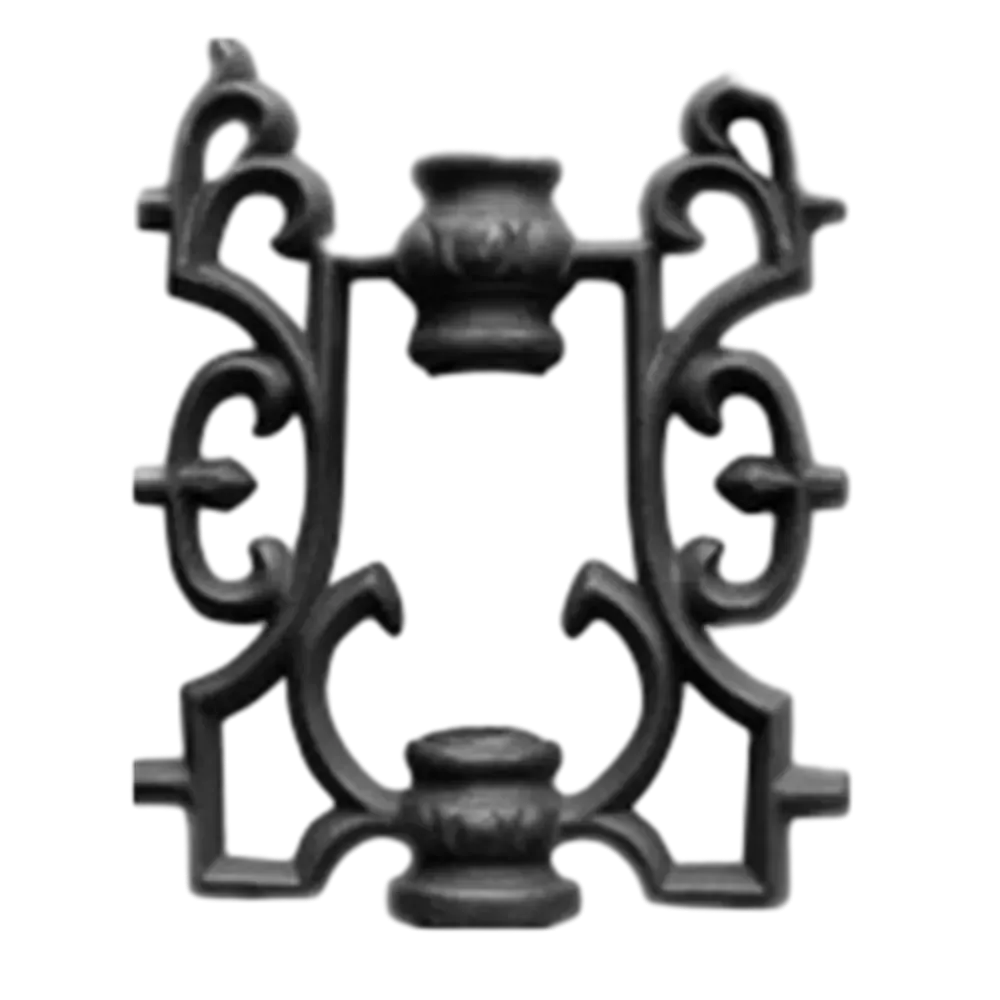wrought iron welding
Wrought Iron Welding Techniques and Applications
Wrought iron, known for its malleability and ductility, has a long-standing history in various applications, particularly in construction and artistic ironworks. The process of welding wrought iron presents unique challenges and advantages, making it a favored choice among fabricators and artisans.
Wrought iron is primarily composed of iron with a very low carbon content, usually less than 0.08%. This composition allows for greater flexibility during welding processes compared to other types of iron. Welding wrought iron involves several methods, including gas welding, arc welding, and forge welding. Among these methods, forge welding remains one of the most traditional techniques, where two pieces of wrought iron are heated to a high temperature and then hammered together. This method creates a very strong joint, making it ideal for applications requiring high durability.
One of the key benefits of welding wrought iron is its ability to create aesthetically pleasing designs. Many artisans and blacksmiths utilize wrought iron to craft decorative gates, railings, and furniture. Through various welding techniques, they can join intricate components that enhance the overall visual appeal of their work. The beauty of wrought iron lies not only in its form but also in the unique textures and patterns that can be achieved through these processes.
wrought iron welding

However, welding wrought iron does require skill and experience. Unlike other metals that may behave predictably when welded, wrought iron's characteristics can vary significantly depending on its composition, particularly when it includes slag inclusions. This necessitates a thorough knowledge of the material and careful handling to avoid defects such as cracking or weak joints.
In modern applications, wrought iron welding has found an interesting intersection with architectural design. With the resurgence of interest in traditional craftsmanship, many new structures incorporate wrought iron elements. These additions serve both functional and aesthetic purposes, blending modern engineering with historical artistry.
In conclusion, wrought iron welding is a versatile process that combines traditional techniques with modern applications. While it offers unique benefits such as flexibility and aesthetic appeal, it also requires a deep understanding of the material and skill in execution. As both practical and decorative uses for wrought iron continue to evolve, the artistry of welding remains a vital part of this enduring craft.
-
Wrought Iron Components: Timeless Elegance and Structural StrengthNewsJul.28,2025
-
Window Hardware Essentials: Rollers, Handles, and Locking SolutionsNewsJul.28,2025
-
Small Agricultural Processing Machines: Corn Threshers, Cassava Chippers, Grain Peelers & Chaff CuttersNewsJul.28,2025
-
Sliding Rollers: Smooth, Silent, and Built to LastNewsJul.28,2025
-
Cast Iron Stoves: Timeless Heating with Modern EfficiencyNewsJul.28,2025
-
Cast Iron Pipe and Fitting: Durable, Fire-Resistant Solutions for Plumbing and DrainageNewsJul.28,2025
-
 Wrought Iron Components: Timeless Elegance and Structural StrengthJul-28-2025Wrought Iron Components: Timeless Elegance and Structural Strength
Wrought Iron Components: Timeless Elegance and Structural StrengthJul-28-2025Wrought Iron Components: Timeless Elegance and Structural Strength -
 Window Hardware Essentials: Rollers, Handles, and Locking SolutionsJul-28-2025Window Hardware Essentials: Rollers, Handles, and Locking Solutions
Window Hardware Essentials: Rollers, Handles, and Locking SolutionsJul-28-2025Window Hardware Essentials: Rollers, Handles, and Locking Solutions -
 Small Agricultural Processing Machines: Corn Threshers, Cassava Chippers, Grain Peelers & Chaff CuttersJul-28-2025Small Agricultural Processing Machines: Corn Threshers, Cassava Chippers, Grain Peelers & Chaff Cutters
Small Agricultural Processing Machines: Corn Threshers, Cassava Chippers, Grain Peelers & Chaff CuttersJul-28-2025Small Agricultural Processing Machines: Corn Threshers, Cassava Chippers, Grain Peelers & Chaff Cutters












